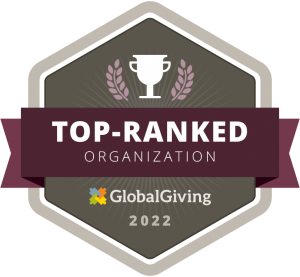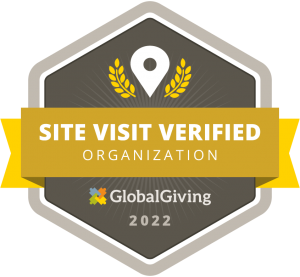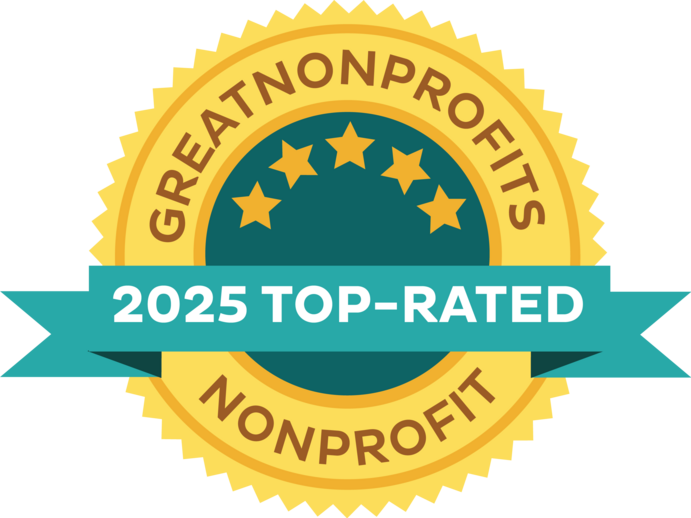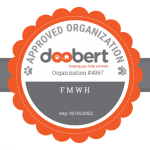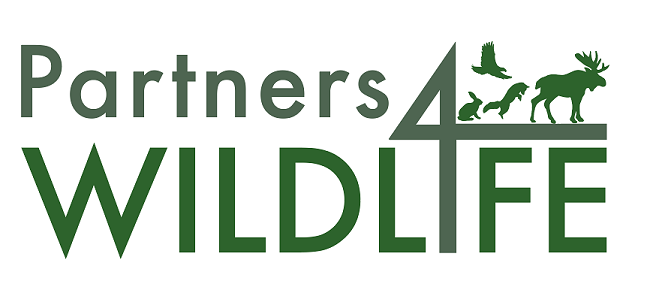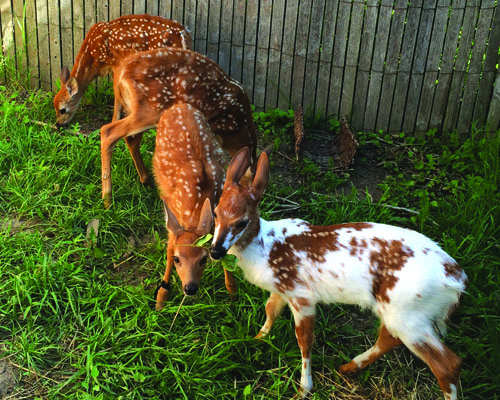 We are grateful to those of you who donated to this project through
We are grateful to those of you who donated to this project through
“Jilly’s Legacy,” including: Melita Frankfurth Grunow,
the Buchanan Family Foundation, Marisa & Dan Timm, Pete Roth Fence,
Lowes–Delavan, and the following:
Arthur Carlson
Holly Dempster
Darcy Minkler
Gerald Yager
Wren Ide
Kevin Watts
Tressa Goulding
Angela Farruggia
Lynn Draeger-Ivan
John Crombie
Tammy Alongi
Kelly Greb
Amy Frank
Linda Farmer
Zach Kastern
Roberta Bagni
Carol Sosenko
Lorrie A. Krodel
Toni Roucka
Laura Altmann
Karen Romanyk
Dorothy Bunch
Bryan Olson
Lisa Carlson
Megan Nass
Pamela Densch
Jennifer Wenberg
Liz Bauer
Angie Massaro
Elizabeth Kemper
Becky Redell
Joanne Gasperik
Cara Miller
Paula Harris
Dana Pederson
Kelley Van Egeren
Emma Jinyang Yu
Joseph Webster
Tedford Rose
Bob Helferrich
Beth Shodeen
…as well as several anonymous donors.
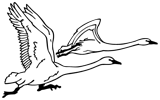
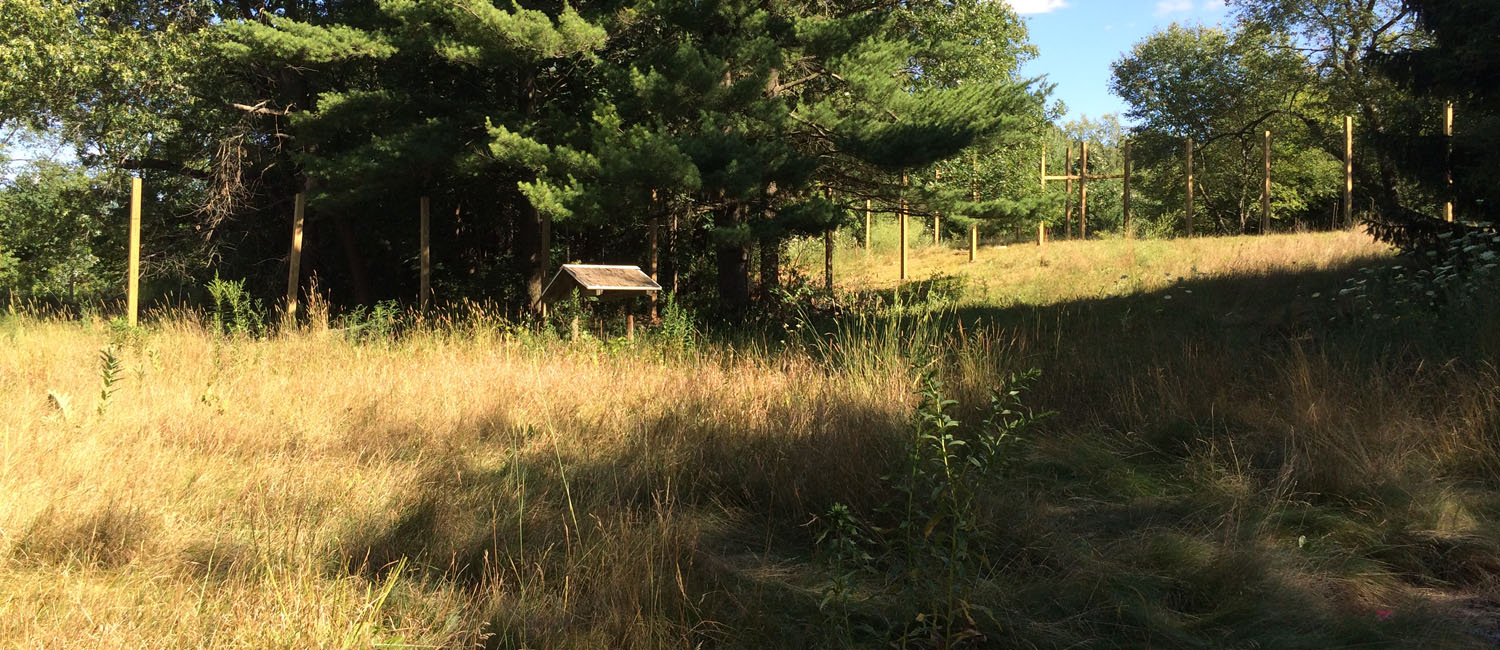
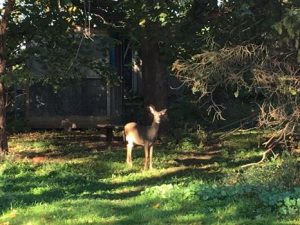 In 2014, we built an expansive and expensive overwintering habitat (unique to the wildlife rehabilitators of Wisconsin) at a remote location, for the express purpose of eliminating the need to drug fawns for transport and release at another location, and eliminating human contact with the fawns in preparation for their return to the wild.
In 2014, we built an expansive and expensive overwintering habitat (unique to the wildlife rehabilitators of Wisconsin) at a remote location, for the express purpose of eliminating the need to drug fawns for transport and release at another location, and eliminating human contact with the fawns in preparation for their return to the wild.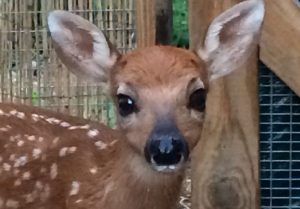 While we always try to keep fawns with their mothers, injured and truly orphaned fawns must come into care. We are grateful to a change in policy by the Wisconsin DNR that made it possible for us to help white-tailed deer fawns again starting in 2014.
While we always try to keep fawns with their mothers, injured and truly orphaned fawns must come into care. We are grateful to a change in policy by the Wisconsin DNR that made it possible for us to help white-tailed deer fawns again starting in 2014.


